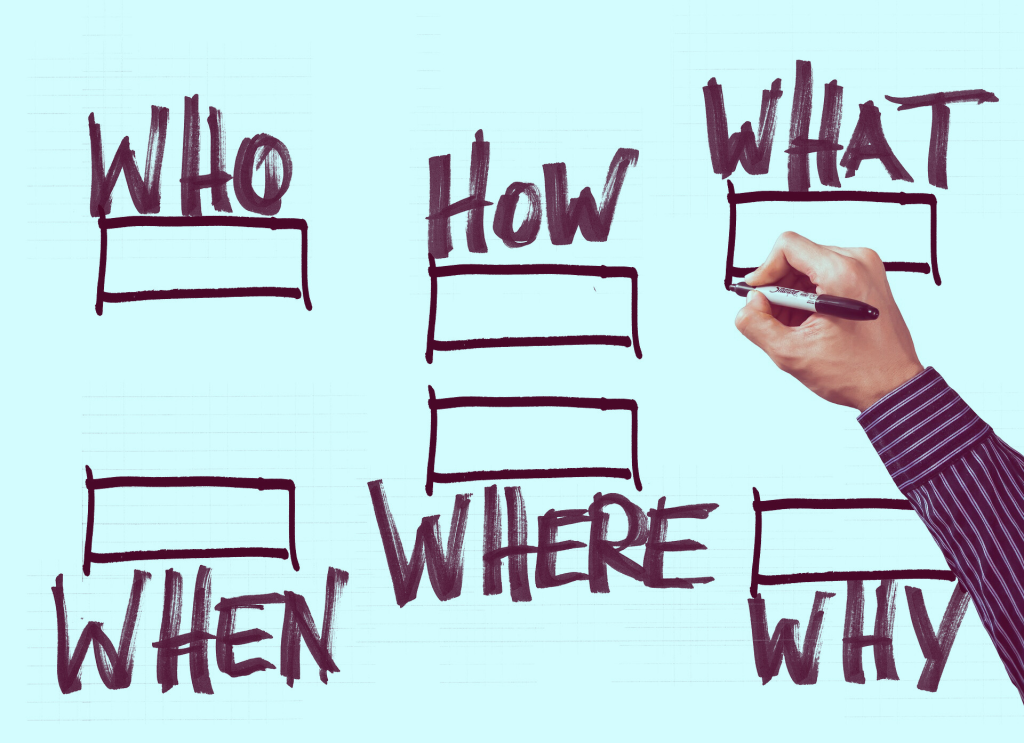Transforming Goals Into Action
For nonprofits, creating a strong evaluation plan is essential for measuring success, improving services, and securing funding. In this post, we’ll walk through how to build a nonprofit evaluation plan, including both process and outcome evaluations, using real-world examples tailored to nonprofit operations.
Process Evaluation Plans: Monitoring Success in Real-Time
Process evaluations help nonprofits track program activities and ensure efficient delivery. For example, a nonprofit offering free job training workshops could use process evaluation to monitor:
- Consistency: Are workshops held on schedule and following the curriculum?
- Participation: Are target groups, such as unemployed individuals, attending as expected?
- Quality: Are workshop facilitators providing engaging and effective instruction?
A nonprofit might gather attendance records, conduct participant surveys, and observe workshop sessions to identify any gaps in delivery. For example, if participation is lower than expected, they could adjust outreach strategies to engage the community better.
Outcome Evaluation Plans: Measuring Impact
Outcome evaluation focuses on whether a program achieves its intended results. Consider a nonprofit running a mentorship program for at-risk youth. The nonprofit could use school performance records and interview participants and mentors to gather program insights:
- Baseline Data: Collect data on participants’ academic performance before the program starts.
- Results: Increased high school graduation rates among mentees.
- Analysis: Compare graduation rates of mentees with those of non-mentees in similar circumstances.
Steps to Develop an Evaluation Plan
1. Engage Stakeholders: For the mentorship program, stakeholders might include school administrators, mentors, mentees, and funders. Their input ensures the evaluation plan is comprehensive and practical.
2. Conduct Pre-Implementation Activities:
-
- Needs Assessment: Survey local schools to determine dropout rates and identify at-risk students.
- Logic Model: Map resources (volunteer mentors), activities (monthly mentoring sessions), and outcomes (improved academic and social skills).
3. Focus on Implementation:
-
- Track mentor-mentee meeting logs and gather feedback after each session.
- Adjust program elements based on feedback, such as providing additional mentor training.
Examples From Nonprofit Programs
Consider a nonprofit providing free legal aid to low-income families:
- Objectives: Increase the number of cases resolved successfully by 15% within six months.
- Outputs: Number of cases handled and clients served.
- Indicators: Percentage of clients who report better legal understanding and outcomes.
By measuring these elements, the nonprofit can ensure its services are effective and equitable.
Key Considerations for Successful Evaluations
To ensure evaluations are effective, nonprofits should make sure that their plans meet these standards:
- Useful: Use findings to improve programs and secure funding. For instance, demonstrate how legal aid services reduce eviction rates.
- Feasible: Tailor the scope of evaluation to fit resources. Start by evaluating a pilot project before scaling up.
- Ethical: Protect client confidentiality when gathering and analyzing data.
- Accurate: Use reliable tools, like validated surveys, to ensure data quality.
Building Evaluation Capacity Over Time
Finally, it’s important to remember that nonprofit evaluation is an ongoing process that grows with experience. Start with small, focused plans, and build capacity over time to tackle more comprehensive evaluations. Whether improving program delivery or showcasing long-term impact, evaluation plans empower nonprofits to fulfill their mission and make a lasting difference in the communities they serve.
What Makes a Strong Plan?
- Defines clear objectives and measurable outcomes
- Tracks implementation with real-time data
- Includes both quantitative and qualitative methods
- Engages stakeholders from the beginning
- Supports continuous improvement and funding efforts
Need More Help?
Be sure to contact REC. We support nonprofits like yours in creating and implementing successful evaluation plans every year.
Related Posts:
Target Audience in Action: A Successful Case Study with Habitat for Humanity
Program Evaluation: Nonprofit’s Needs Versus Donor’s Requests, Part 1
Program Evaluation: Nonprofits’ Needs Versus Donor’s Requests, Part 2
Using Logic Models to Navigate and Pivot
Sources:
Compassion Capital Fund National Resource Center, Clegg, J., & Smart, D. (2010). Measuring
Outcomes. In, Strengthening Nonprofits A Capacity Builder’s Resource Library. https://cfmco.org/app/uploads/2024/10/Measuring-Outcomes.pdf
Mentor. (2021). Chapter 2: Planning a process evaluation [MOOC]. In Mentor, Getting Started with Program Evaluation. https://www.mentoring.org/resource/getting-started-with-program-evaluation-2-planning-a-process-evaluation/
Shtivelband, A. (2023). Five program evaluation questions to ask your funders. Research Evaluation Consulting LLC. https://researchevaluationconsulting.com/program-evaluation-questions-funders/
Shtivelband, A. (2019). Program evaluation helps nonprofits. Research Evaluation Consulting LLC. https://researchevaluationconsulting.com/program-evaluation-helps-nonprofits/
Shtivelband, A. (2016). Quantitative versus qualitative data. Research Evaluation Consulting LLC. https://researchevaluationconsulting.com/quantitative-versus-qualitative-data/
Social Impact Solutions. (2024). A 5-step needs assessment template for nonprofits.
https://www.socialimpactsolutions.com/needs-assessment-template-nonprofits/

